Getting enough protein in your diet doesn’t always mean eating meat. Many vegetables pack a surprising protein punch while offering tons of other health benefits like fiber, vitamins, and minerals.
Adding these plant-based protein sources to your meals can help build muscle, keep you feeling full longer, and boost your overall health. Let’s explore which veggie protein stars deserve a spot on your plate and which ones might not be worth the effort.
1. Edamame: Green Powerhouses
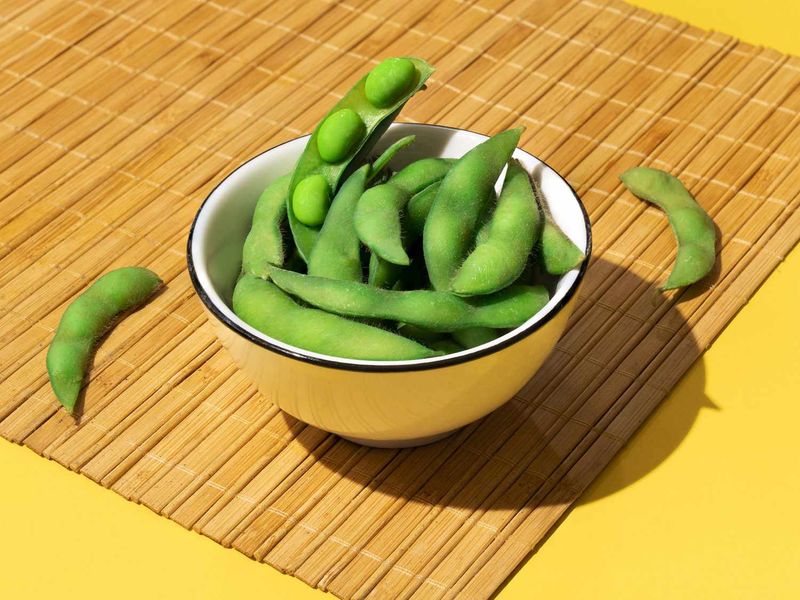
Young soybeans still in their pods deliver an impressive protein wallop that few vegetables can match. Just one cup of edamame provides about 17 grams of complete protein – containing all nine essential amino acids your body needs but can’t make on its own.
These bright green beans have a slightly sweet, nutty flavor that makes them perfect for snacking, salads, or stir-fries. Beyond protein, they’re loaded with fiber, iron, and calcium.
Pro tip: Buy them frozen in their pods, steam for five minutes, sprinkle with sea salt, and squeeze the beans directly into your mouth for a fun, protein-packed snack!
2. Lentils: Tiny Nutritional Giants
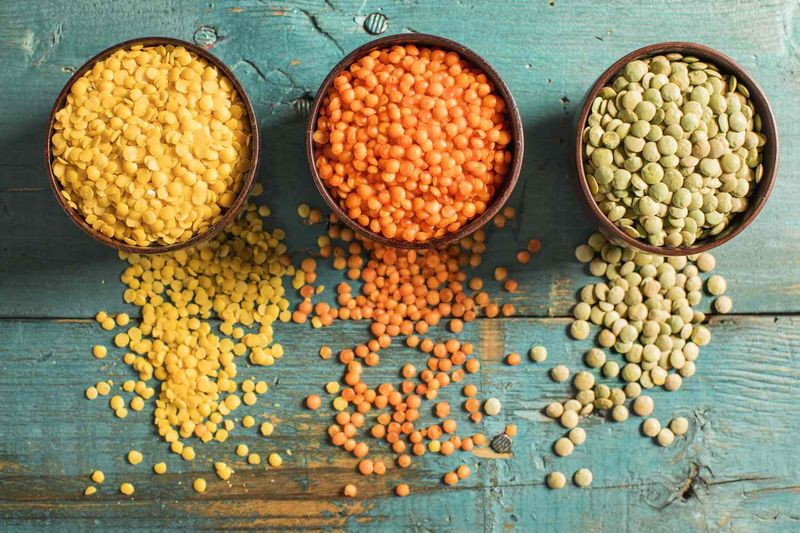
Small but mighty, lentils contain a whopping 18 grams of protein per cooked cup, making them protein superstars in the plant world. These versatile legumes come in several colors – brown, green, red, yellow, and black – each with slightly different cooking times and uses.
Red lentils cook quickly and break down easily, perfect for soups and curries. Green and brown varieties hold their shape better, making them ideal for salads and side dishes.
Unlike beans, lentils don’t require pre-soaking and can be ready in just 15-20 minutes. Their mild, earthy flavor soaks up whatever seasonings you pair them with!
3. Chickpeas: Versatile Protein Machines

Chickpeas (also called garbanzo beans) deliver about 15 grams of protein per cup, along with loads of fiber that keeps your digestion running smoothly. Their nutty flavor and firm texture make them incredibly adaptable in the kitchen.
Roast them with spices for a crunchy snack, blend them into creamy hummus, or toss them into salads and stews. Chickpea flour (also called besan) makes protein-rich pancakes, flatbreads, and even egg-free cookie dough!
These protein powerhouses have been feeding people for over 7,500 years and remain popular across Mediterranean, Middle Eastern, and Indian cuisines for good reason.
4. Spinach: Popeye’s Protein Secret
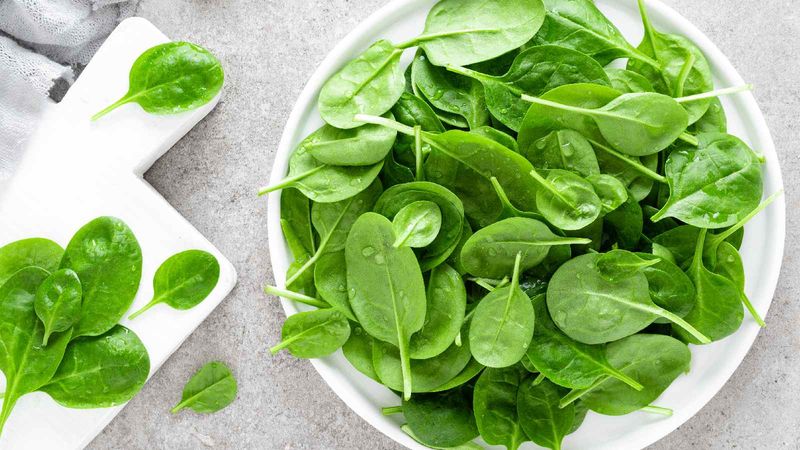
Spinach might surprise you with its protein content – about 5 grams per cooked cup. While not as protein-dense as legumes, it packs this nutrition into very few calories, making it incredibly efficient fuel for your body.
The leafy green contains all essential amino acids and shrinks dramatically when cooked – meaning you can eat more protein from cooked spinach than raw. Raw spinach works wonderfully in salads and smoothies, while cooked spinach releases more nutrients your body can absorb.
Spinach also delivers iron, calcium, vitamins A and C, and compounds that fight inflammation and protect eye health.
5. Peas: Small Spheres of Protein
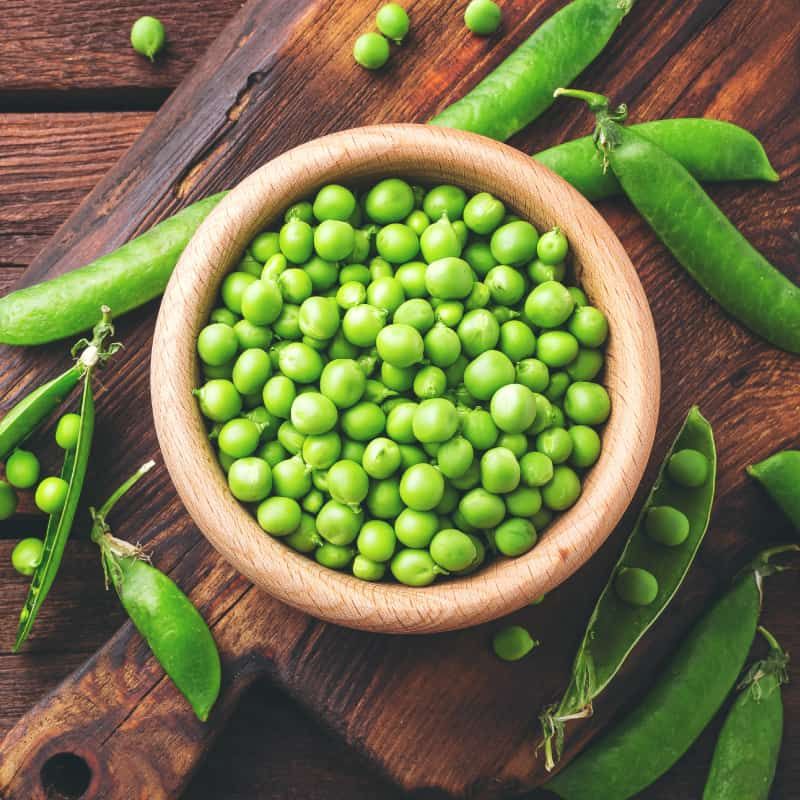
Sweet green peas provide about 8 grams of protein per cup – impressive for such tiny vegetables! Their natural sweetness comes from their higher sugar content, but don’t worry – they’re still packed with fiber, vitamins A, C, K, and various B vitamins.
Fresh peas have the best flavor and texture, but frozen peas maintain most nutrients and are available year-round. Add them to pasta, risotto, soups, and stir-fries for a protein and flavor boost.
Pea protein has become popular in protein powders and meat alternatives because it contains all nine essential amino acids and is easily digestible compared to some other plant proteins.
6. Broccoli: Cruciferous Protein Provider
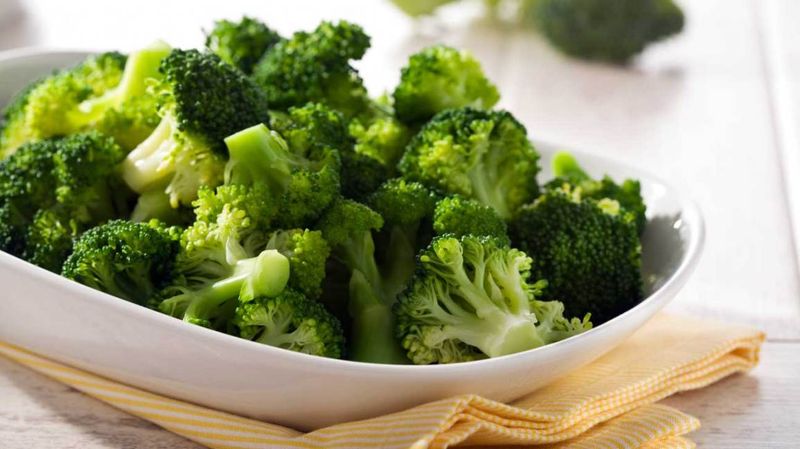
This tree-like vegetable delivers around 4 grams of protein per cooked cup along with an incredible array of nutrients. Broccoli contains more protein per calorie than steak – though you’d need to eat a lot more broccoli to get the same total amount!
The bright green florets and stems provide different textures and can be enjoyed raw, steamed, roasted, or stir-fried. Quick cooking preserves broccoli’s bright color, crisp texture, and maximum nutrition.
Beyond protein, broccoli offers vitamin C (more than oranges!), vitamin K, folate, potassium, and powerful cancer-fighting compounds called glucosinolates that give it that distinctive smell when cooked.
7. Brussels Sprouts: Miniature Protein Packages
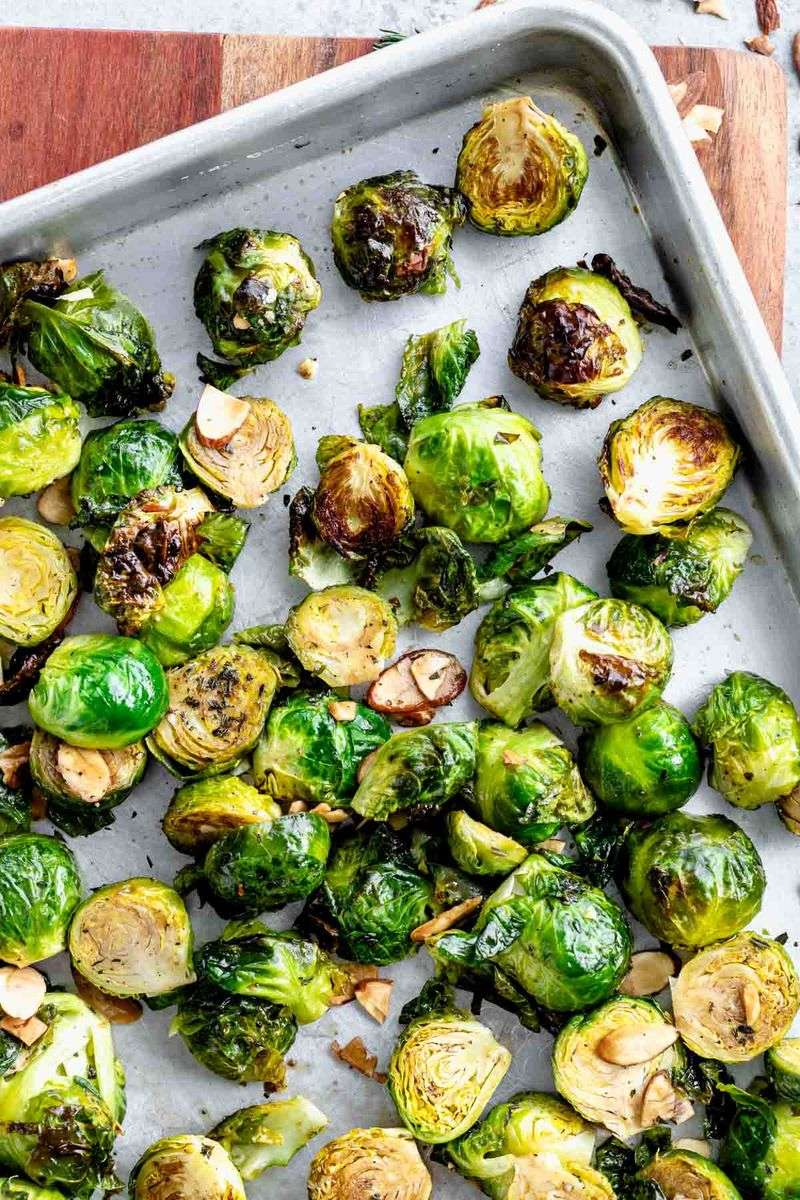
These mini cabbage lookalikes pack about 4 grams of protein per cooked cup along with impressive amounts of vitamin K, vitamin C, and fiber. Once the most hated vegetable of children everywhere, Brussels sprouts have made a culinary comeback thanks to better cooking methods.
Roasting or sautéing brings out their natural sweetness while minimizing the sulfur compounds that can create bitter flavors when overcooked. Try them halved and roasted with olive oil, salt, and a drizzle of balsamic glaze.
Brussels sprouts grow in one of the most unusual ways – in spiral patterns on long, thick stalks that can reach up to 3 feet tall!
8. Kale: Leafy Protein Superstar
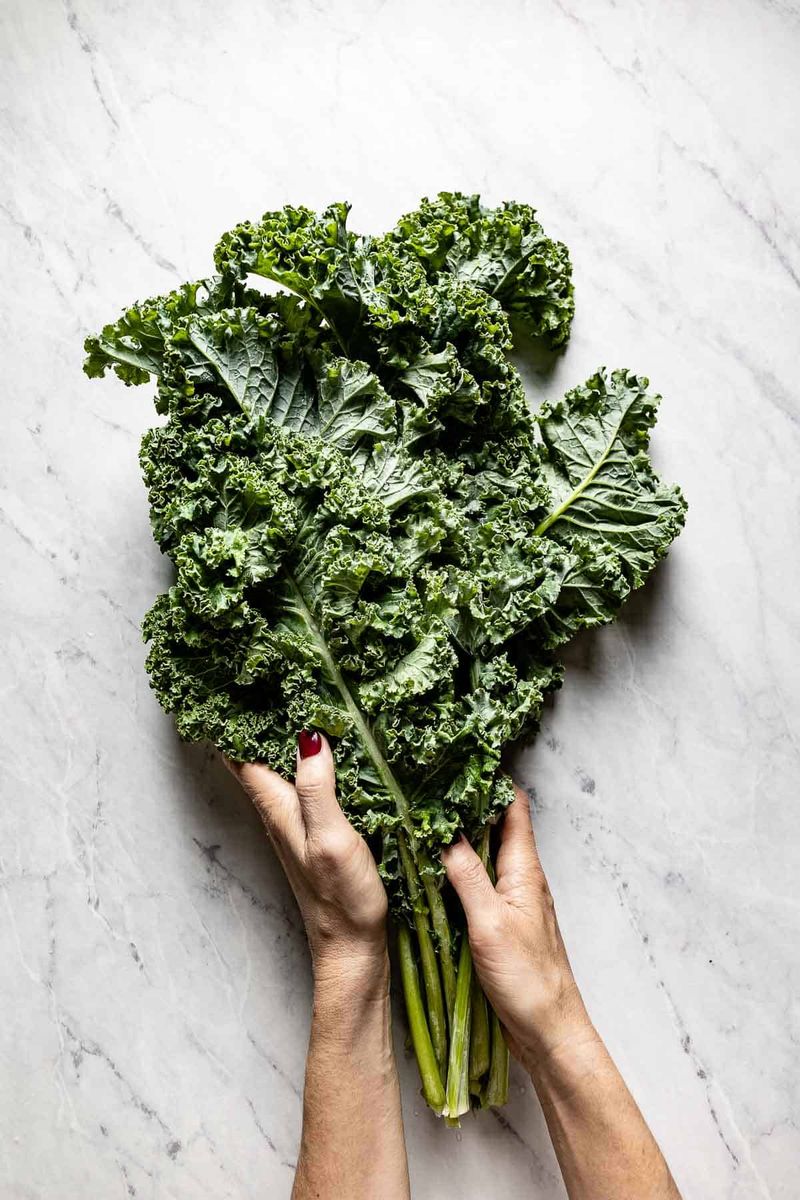
Kale provides about 3 grams of protein per cup, making it one of the more protein-rich leafy greens available. Its hearty texture stands up well to cooking but can also be massaged with a bit of oil and salt to soften it for raw salads.
This nutritional powerhouse comes in several varieties – curly, dinosaur (lacinato), and red Russian – each with slightly different flavors and textures. The bitter compounds that some people dislike actually signal kale’s incredible health benefits, including cancer-fighting glucosinolates.
For an easy protein boost, add torn kale leaves to soups, stews, and pasta dishes in the last few minutes of cooking, or blend into smoothies with fruit to balance the flavor.
9. Asparagus: Slender Protein Spears
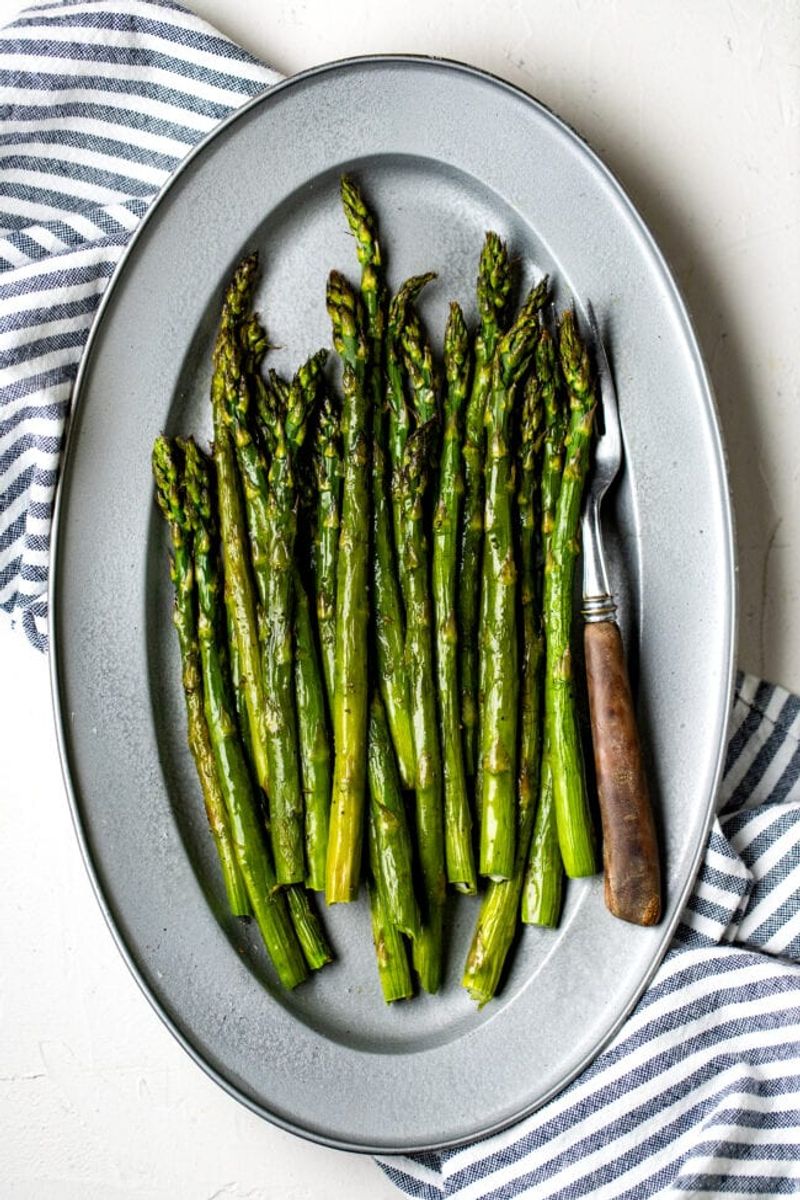
Elegant asparagus spears contain about 4 grams of protein per cup, along with folate, vitamins A, C, E, and K. Available in green, white, and purple varieties, asparagus signals the arrival of spring in many parts of the world.
Quick cooking methods like grilling, roasting, or brief steaming preserve the delicate flavor and prevent them from becoming mushy. The woody ends should be snapped off before cooking – they’ll naturally break at the right spot if you bend them.
Fun fact: asparagus can grow up to 10 inches in a single day during peak growing season! The strange smell some people notice in their urine after eating asparagus is due to sulfur compounds that not everyone can detect.
While these vegetables are packed with protein and should definitely make it onto your plate, there are a few others you might want to think twice about.
1. Potatoes: A Surprising but Limited Protein Source
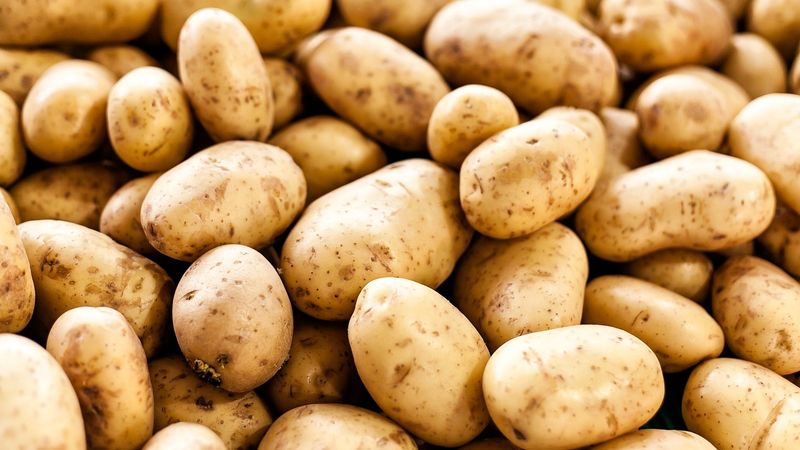
While potatoes do offer about 4-5 grams of protein per large spud, they shouldn’t be considered a significant protein source compared to other vegetables like beans or lentils. Often dismissed as simple starchy fillers, potatoes contribute minimal protein in the context of a balanced diet.
Most of the potato’s protein resides just under the skin, so eating them with the skin on can provide some added nutrients. While they do offer vitamin C, potassium, and resistant starch, which supports gut health, their protein content is still fairly low.
For the healthiest preparation, bake, boil, or air-fry potatoes instead of deep-frying them. You can boost the protein in a potato by adding toppings like cottage cheese, Greek yogurt, or beans, but remember, they’re not the go-to choice when aiming for higher protein intake.
2. Corn – Not a Protein Standout
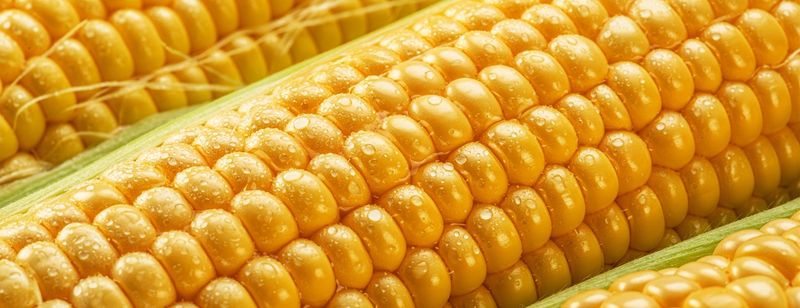
Sweet corn contains only about 2.4 grams of protein per cup, making it one of the less protein-dense vegetables in the produce aisle. While it does offer some fiber and certain B vitamins, corn is primarily a starchy vegetable that converts quickly to sugar in your body.
Modern corn varieties have been bred for sweetness, meaning they contain more sugar than their ancestors. The bright yellow kernels are delicious but don’t deliver the nutritional punch of other vegetables on this list.
If you’re specifically looking to boost protein intake through vegetables, your efforts are better spent elsewhere. Save corn for occasional enjoyment rather than making it a protein-focused staple.
3. Cucumbers – Mostly Water
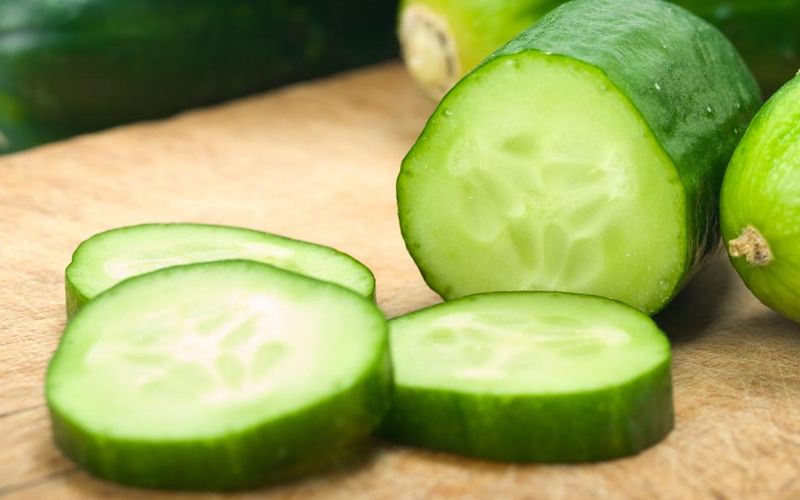
Refreshing cucumbers are about 96% water with less than 1 gram of protein per cup. While they’re wonderfully hydrating and low in calories, they simply don’t deliver in the protein department.
Cucumbers do offer some vitamin K, potassium, and antioxidants, particularly in their skin and seeds. They make excellent additions to salads and sandwiches for crunch and hydration but shouldn’t be counted on for protein needs.
The cooling vegetable serves better as a vehicle for protein-rich dips like hummus or tzatziki rather than a protein source itself. Keep enjoying cucumbers for their refreshing qualities and water content, but pair them with true protein sources.
Leave a comment